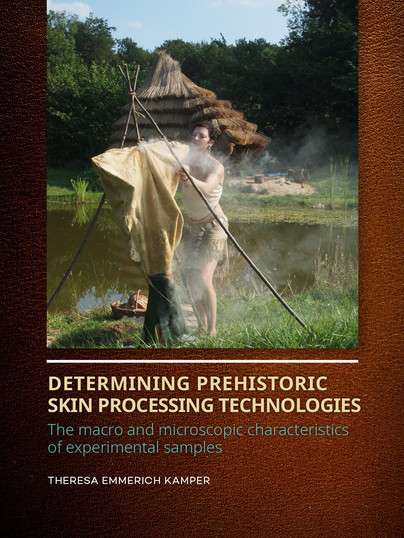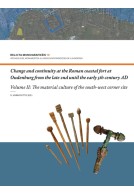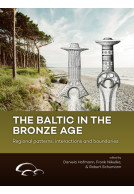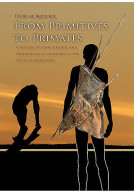Determining Prehistoric Skin Processing Technologies (Paperback)
The Macro and Microscopic Characteristics of Experimental Samples
Imprint: Sidestone Press
Pages: 206
ISBN: 9789088908361
Published: 4th June 2020
Script Academic & Professional
Pages: 206
ISBN: 9789088908361
Published: 4th June 2020
Script Academic & Professional
You'll be £45.00 closer to your next £10.00 credit when you purchase Determining Prehistoric Skin Processing Technologies. What's this?
+£4.99 UK Delivery or free UK delivery if order is over £40
(click here for international delivery rates)
Order within the next 40 minutes to get your order processed the next working day!
Need a currency converter? Check XE.com for live rates
(click here for international delivery rates)
Order within the next 40 minutes to get your order processed the next working day!
Need a currency converter? Check XE.com for live rates
The importance of skin processing technologies in the history and expansion of humankind cannot be overstated, yet these technologies can be difficult to identify in the archaeological record. This research outlines the development of a systematic, non-destructive method for identifying the tanning technologies used to produce prehistoric skin artefacts. The approach combines extensive archaeological research and over 25 years of the author’s personal tanning experience.The method employs observations of an extensive sample reference collection, both macroscopic and microscopic, to produce a database of defining characteristics for six tannage types, from a large geographic area and time frame. The primary collection contains 22 species identified as economically important from both Europe and North America. A secondary collection of clothing and utilitarian items, made from traditionally processed skins, was used to add ‘in-life use’ traces to the database. The method was tested against both archaeological items from a variety of preservation contexts, and ethnographic items from museum collections across North America and Europe. This analysis confirmed that defining characteristics do exist between the primary tannage technologies, and that at least some defining characteristics survived in all preservation contexts. These can be recorded at multiple levels of observation, and often provide insight into small sections of the artefact’s production sequence and life history.This research shows definitively that processed skin items from vastly different preservation contexts can provide a wealth of information about prehistoric tannage technologies, as well as information on manufacturing sequences and the conditions of use an item experienced. The method is a valuable analytical tool for those involved in conservation, curation or analysis of archaeological or ethnographic skin products. It provides a consolidated source of information for artisans working with traditional tanning, or re-enactors interested in the history or science of skin products. Finally, it serves as an example of the targeted use of experimental archaeology in a large-scale research project, and will be beneficial to anyone involved in experimental or experiential archaeology.
Other titles in Sidestone Press...















